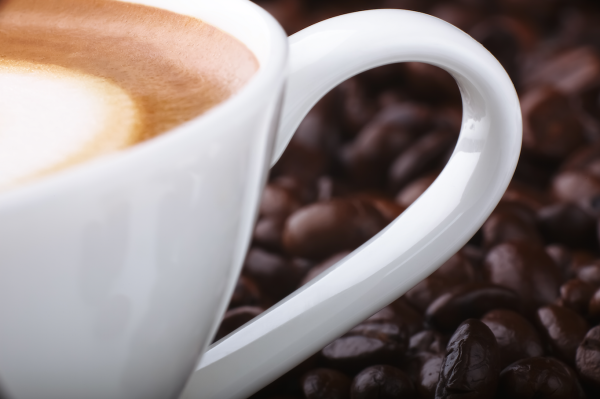So what’s the difference between a brand and a product? Let’s use Starbucks as our example for this discussion. Coffee is the product. Starbucks is the brand. What’s the difference? Emotion. You like coffee. You might even love it. (I know I do.) But what coffee brand do you prefer and, more importantly, why do you prefer it? Is it home-grown (meaning only available in your area, hence you support your community) or is the brand socially conscious—giving back one cup at a time? Do you like them because they put your name on the cup? Do they roast the beans right in front of you?
Notice I have not mentioned anything about the coffee itself—how it functions or how it tastes.
I like coffee for a variety of reasons. The “product” appeal is that there is caffeine that helps me produce at full throttle in the morning regardless of how early I wake up. I like the routine of brewing it, smelling its aroma, and holding the warm mug in my hand. The “brand” appeal is when I purchase coffee when I’m out and about. The convenience in Starbucks locations and how I am treated from the time I walk through the door to the time I leave fulfills a want. Technically, I could get my coffee anywhere, but I choose a specific brand because of the “brand.”
For me, brand has always gone beyond the actual product. This might sound strange, but television commercials have always been way more appealing to me than the actual programs. When I was young and the show was on, I was busy being busy but when the commercials came on and everyone else took potty breaks and refilled the chip bowl, I was transfixed. It was almost as if I was teleported into the TV itself, living out the commercial with the actors, drinking in the promise of whatever they were selling. Oh, the joy! It was like Christmas every fifteen minutes. The same scenario happens for me today, as an adult, much to the dismay of my family who always want to be a bit too chatty when I want to concentrate. Commercials tell me secrets I share with my clients. Why do I share them? Because my clients and I can learn many lessons from the big guys. They pave the way, so we can walk the worn path—if we listen and we learn.
If you have a strong brand value, your customer is willing to pay more for your product or service. Consider this scenario:
Kellogg School of Management conducted a study with some of their MBA students. The professor asked the first group of students what they would expect to pay for a pair of good-quality, 18-karat gold earrings. He asked a second group how much they would pay for the same product, but added the words “from Tiffany.” He asked a third group the same question, but changed “from Tiffany” to “from WalMart.” The results were striking. The average price for the unbranded earrings was $550. With Tiffany branding, the average price increased to $873, a jump of almost 60%—an increase due solely to the addition of the brand name. With the WalMart branding, the price expectation fell to just $81, a decline of 85% from the unbranded example and a decline of 91% from the Tiffany brand. There is something very important to be learned from this example. Not only does the power of brand shape a buyer’s perception, “good” quality means something entirely different between brands depending on their “perceived” value.

If you have a strong brand—one that is perceived as an industry leader—you can avoid becoming a commodity. If your product or service is just like everyone else’s, then you are a commodity and competition will become a real-time issue. In that case, we compete solely on price and that drives margins down. How? By forcing us to discount or offer “free” incentives to get our customers to consider us. People don’t buy a BMW or a VW Beetle solely based upon their difference in price. Even though they are both German-made automobiles and both get us from point A to point B, the drivers of each are very different from one another. These vehicles offer us very different features, as well as vastly different brand impressions. Can you picture the driver of each in your mind? Which one are you?
The strongest brands have the biggest competitive advantage. Think about Crocs. They’re the premier brand in their space, commanding 90% of the springy-soled, plastic clog market. There have been numerous other similar products that have come on the scene trying to grab hold of this particular consumer shoe fetish, but none have been as successful. Unless you have a strong IP strategy (“intellectual property”: think copyright; think trademark; think patent), you will have competition, so being the front runner in every possible way will be paramount.
Your brand awareness is especially important because if you are at the top of a consumer’s mind, you will be the go-to for consideration. Everything is life is about perception. What else do we know about perceptions? They are very difficult to change. Once a person holds a strong perception about a specific brand, it’s extremely difficult to change that perception. Since perceptions are difficult to change, it’s critical to get into consumers’ minds before the competition does.
So produce an amazing product and brand it accordingly so troves of people not only buy once, but wind up being repeat customers and tell all their friends to do the same.

